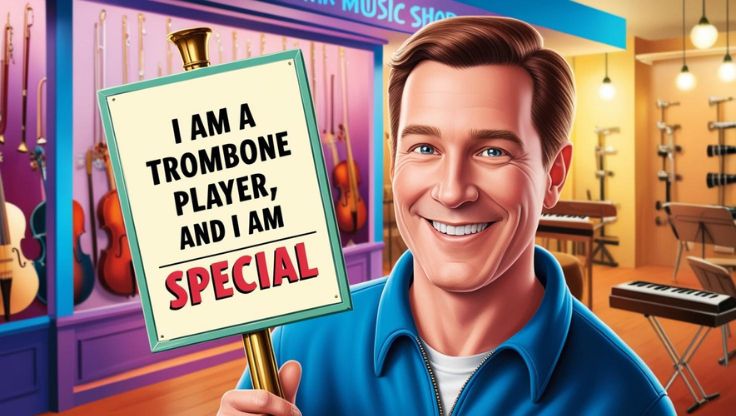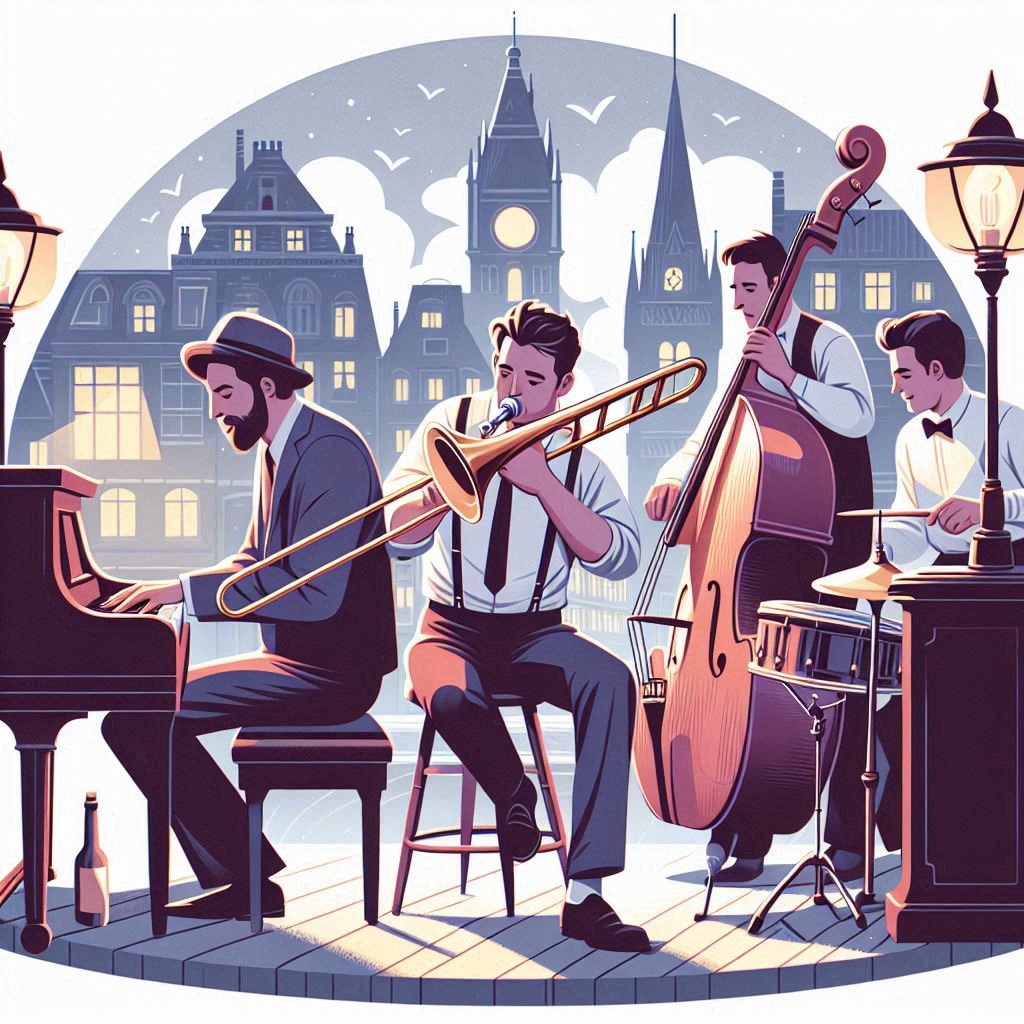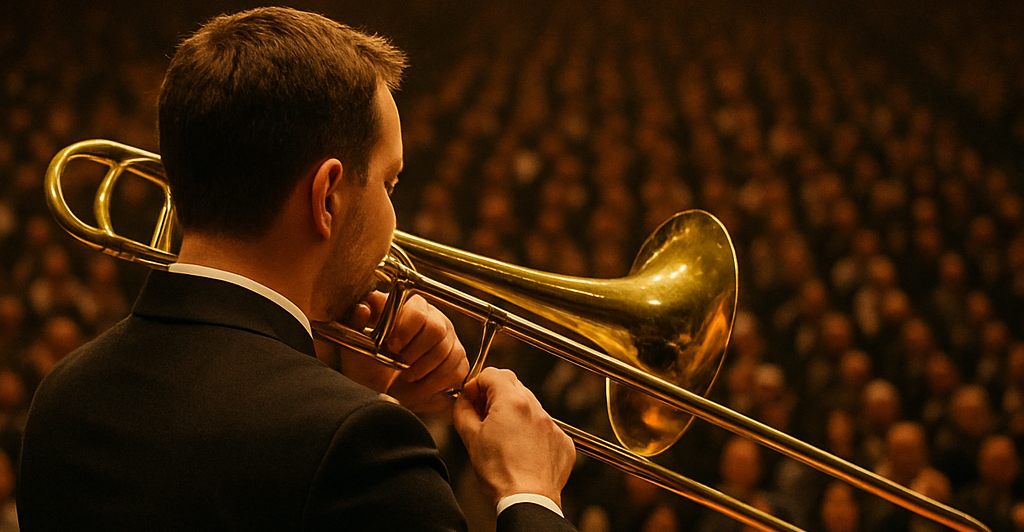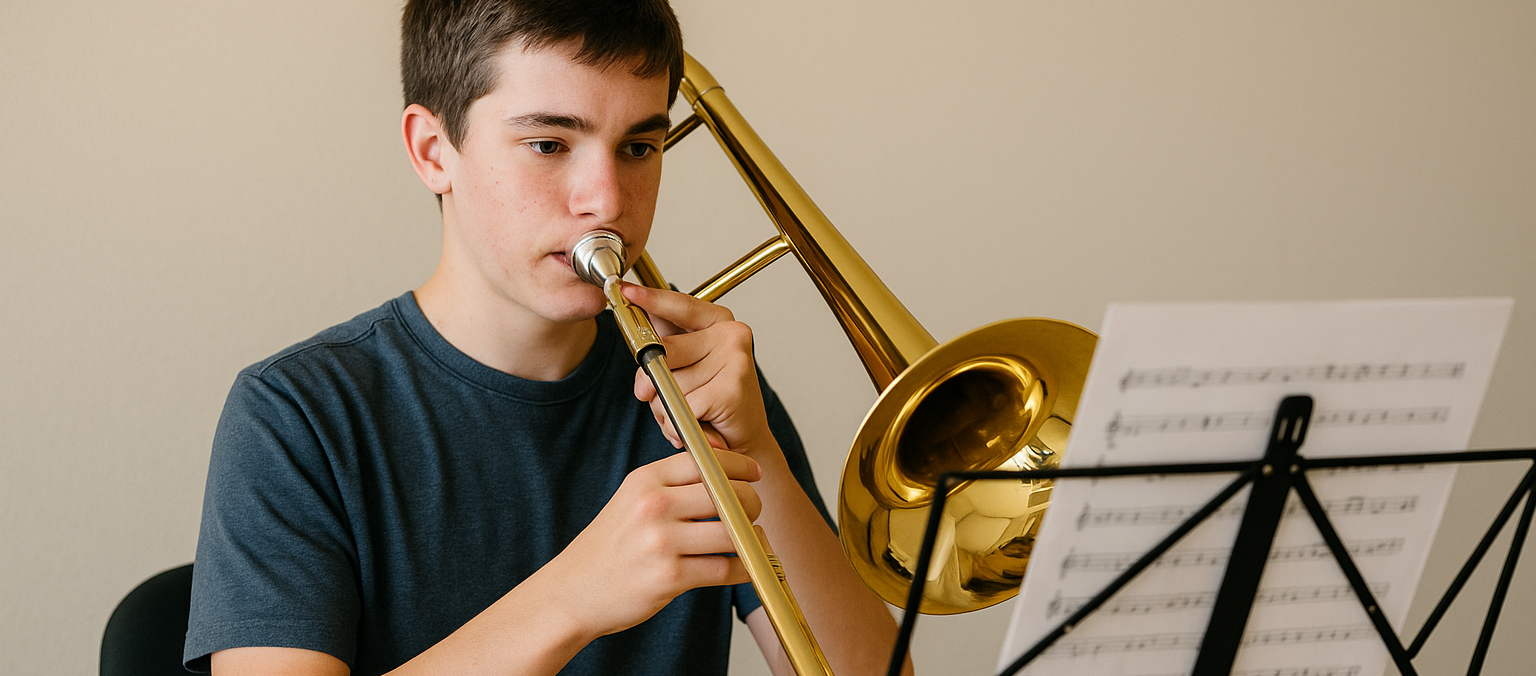The trombone, with its unmistakable sliding tube, has a story that dates back centuries. This instrument’s journey began in the 15th century, evolving from its ancestor, the sackbut. The name ‘trombone’ literally means ‘large trumpet’ in Italian, reflecting its place within the brass family but with a unique twist thanks to its distinctive slide mechanism.
Throughout history, the trombone has been embraced by numerous musicians who have left a lasting impact on its legacy. Figures like J.J. Johnson and Glenn Miller forged new paths for the trombone in jazz, revolutionizing its role within the genre. Their innovative approaches showed the world what the trombone could do, inspiring countless players to follow in their footsteps.
This instrument has found its niche in a multitude of musical styles, ranging from classical and jazz to ska and funk. In orchestras, the trombone brings a bold voice to symphonic compositions, often making its presence felt with rich, resonant tones. Jazz bands appreciate its expressive qualities, allowing for soulful solos that captivate audiences.
In summary, the trombone isn’t just a piece of brass; it’s a vital voice that shaped and continues to influence the musical landscapes. Understanding its roots and the legends who have played it gives us a deeper appreciation of how this instrument has earned its revered status.
The Trombone’s Unmatched Design: A Deep Dive
When it comes to brass instruments, the trombone stands out thanks to its signature slide mechanism. Unlike other brass instruments that rely on valves, the trombone uses a slide to change pitch—a feature that gives it unparalleled flexibility. This slide allows players to glide smoothly between notes, creating an effect known as a glissando. This capability makes the trombone an incredibly expressive instrument, perfect for both bold statements and nuanced passages.
Comparing the trombone to others in the brass family, like the trumpet or tuba, highlights its distinctiveness. Its structure allows for both precision and fluidity, setting it apart in terms of playing technique and musical effect. While the trumpet’s valves provide quick note transitions, it lacks the trombone’s ability to effortlessly connect notes in a continuous flow. This characteristic enables the trombone to add depth and emotion to performances, lending a dynamic range that enriches any ensemble.
Another fascinating aspect of the trombone is its remarkable pitch range and sound projection. The trombone can cover a broad spectrum, from rich, deep notes to piercing high ones. Its design ensures that sound carries beautifully, filling a concert hall with resonant and vibrant tones. This combination of characteristics makes it versatile, adaptable to different musical settings, from delicate chamber pieces to powerful orchestral works.
In conclusion, the trombone’s unique design is central to its charm and functionality. Whether you’re a musician considering a new instrument or just an aficionado of brass sounds, appreciating these elements helps understand why the trombone enjoys a special place in both traditional and contemporary musical worlds.
The Artistry of Trombone Performance
Playing the trombone is as much about physical engagement as it is about musicality. Unlike some instruments where finger dexterity is the main focus, the trombone demands an intricate balance of hand coordination and breath control. Navigating the slide accurately requires a tactile awareness that becomes second nature to skilled trombonists, allowing them to craft both subtle nuances and vibrant flourishes in their performances.

Unique techniques are essential to mastering the trombone. From developing a perfect embouchure, which is the way a player applies their lips to the mouthpiece, to mastering the art of using a mute for distinct tonal effects, trombone players cultivate a variety of skills. Each technique adds to the player’s toolkit, enabling them to expressively interpret music in ways other brass instruments might not.
The cultural significance of the trombone is undeniable. In orchestras, it often plays a pivotal role, contributing to the overall harmony with its rich, sonorous voice. In jazz bands, the trombone is celebrated for its soulful solos, complementing saxophones and trumpets with its unique sonic character. Musicians thrive on its ability to articulate powerful emotions, marking it as a favored choice in both classical and contemporary genres.
Ultimately, mastering the trombone is more than just about technical prowess. It encompasses a deeper understanding of musical expression, where each note is an opportunity to convey emotion and storytelling. Whether in a symphony hall, a jazz club, or a street parade, the trombone captivates with its vibrant presence. For anyone with an ear for beautiful music, the trombone’s artistry is something truly worth experiencing.
Modern Innovations and the Trombone’s Role Today
In the ever-evolving world of music, the trombone isn’t stuck in the past. Modern adaptations have opened up fresh avenues for this classic instrument, including electronic enhancements that expand its sonic possibilities. These advancements introduce new tones and effects, blending traditional brass elements with cutting-edge technology—a fascinating evolution for both musicians and audiences.
In the realm of contemporary music, the versatility of the trombone shines brighter than ever. It’s embraced in eclectic genres, from electronic dance music to hip-hop, where its bold and unique sound can make or break a track. Fusion bands, in particular, capitalize on the trombone’s dynamic range, pushing the boundaries of what this instrument can achieve and embedding its rich timbre into new musical landscapes.

Education remains a cornerstone of the trombone’s continued presence. Schools and universities worldwide value the trombone not just for its historical significance, but also for its wide-ranging role in music education. Aspiring trombonists find ample opportunities to learn and perform, ensuring a hopeful future for the next generation of this instrument’s players.
Looking forward, the future of the trombone appears promising. With ongoing technological advancements, this instrument is poised to remain a staple in both classic and avant-garde musical scenes. Whether you’re a seasoned musician or an inquisitive newcomer, the trombone has something extraordinary to offer as it continues to inspire and innovate in unexpected ways.





